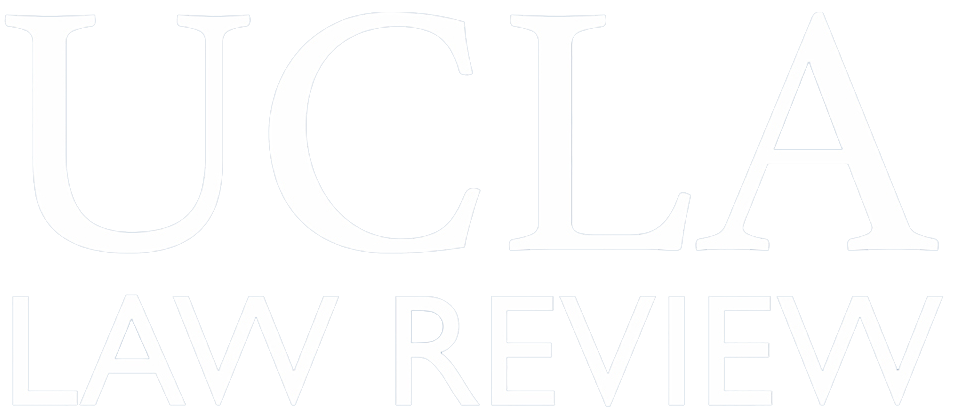Local opposition to day laborers is built upon a standard diagnosis of the day labor “problem” and a common approach to its “remedy.” The diagnosis views day labor as a public nuisance that imposes negative externalities on a locality by disrupting normal patterns of business, traffic, and pedestrian exchange. The remedy involves the enactment of new land use regulations, known as...
Doing Time: Crimmigration Law and the Pitfalls of Haste
Crimmigration law wastes one of the law’s most valuable tools: time. It eschews the temporal gauges that criminal law and immigration law rely on to evaluate who should be included or expelled from society. Instead, crimmigration law narrows the decision whether to exclude or expel the noncitizen from the nation to a single moment in time: the moment of the crime that makes the noncitizen...
Local Immigration Prosecution: A Study of Arizona Before SB 1070
Arizona’s Senate Bill 1070 has focused attention on whether federal law preempts the prosecution of state immigration crime in local criminal courts. Absent from the current discussion, however, is an appreciation of how Arizona’s existing body of criminal immigration law—passed well before SB 1070 and currently in force in the state—functions on the ground to regulate migration. Drawing on...
The Discretion That Matters: Federal Immigration Enforcement, State and Local Arrests, and the Civil–Criminal Line
This Article starts by analyzing the conventional wisdom, crystallized in the Ninth Circuit’s 1983 decision in Gonzales v. City of Peoria, that state and local law enforcement officers do not require express federal authorization to make arrests for criminal violations of federal immigration law. This view, I explain, is based on overreliance on the line between civil and criminal. Even if a...
Moving Toward Subfederal Involvement in Federal Immigration Law
In Chamber of Commerce v. Whiting, the U.S. Supreme Court decided that state governments could mandate compulsory enrollment in the otherwise voluntary federal E-Verify program. Though it deals primarily with employment of unauthorized workers, this case raises broader questions of the role of federalism in the current immigration regime. State and local entities continue to engage in immigration...
Asymmetrical Jurisdiction
Most people—and most lawyers—would assume that the U.S. Supreme Court has jurisdiction to review any determination of federal law by an inferior court, whether state or federal. And there was a time when it was so. But the Court’s recent justiciability decisions have created a perplexing jurisdictional gap—a set of cases in which state court determinations of federal law are immune from the...
Multiracial Work: Handing Over the Discretionary Judicial Tool of Multiracialism
The rise of the mixed-race population and its implications for our society has received attention in current discourse and media coverage. Some see it as a portent of the postracial world to come; others see it as just another challenge to which antidiscrimination law must adjust. Despite this new attention, racial mixing is not a new phenomenon by any measure. What have changed are the methods...
Give Me Your Tired, Your Poor, and Your Queer: The Need and Potential for Advocacy for LGBTQ Immigrant Detainees
As immigration detention has increased in the United States over the past two decades, legislative changes have placed LGBTQ immigrants at a higher risk of being detained because of deportation policies that focus on poverty-related crime and increasingly stringent asylum requirements. Once detained, these immigrants are subjected to significantly higher rates of violence and are often denied...
